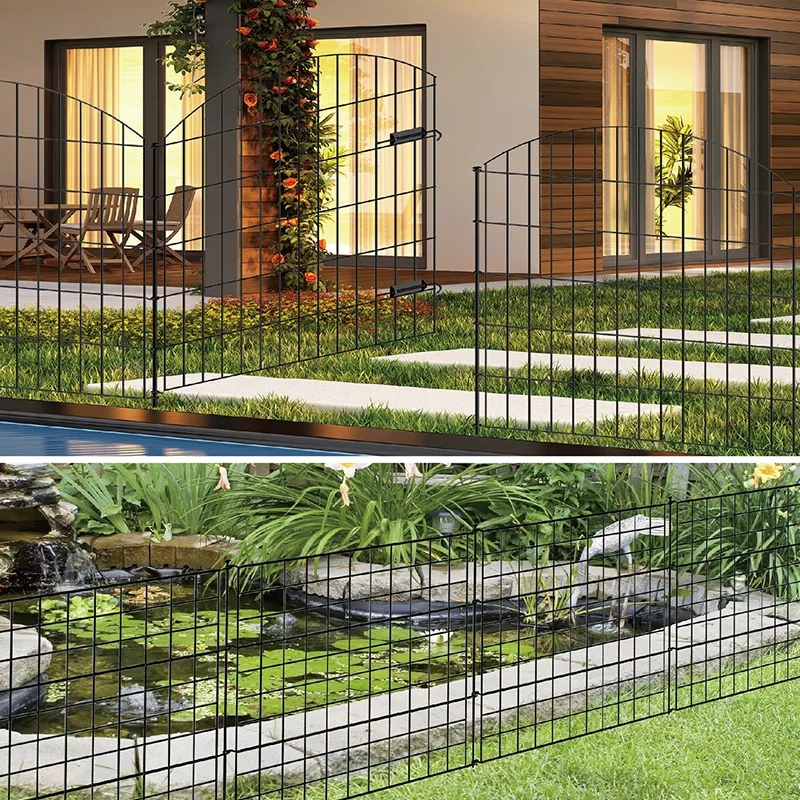Gabion Systems A Versatile Solution for Modern Engineering
Gabion systems have emerged as a prominent solution in the field of civil engineering and landscape architecture, gaining popularity for their versatility, durability, and environmental benefits. A gabion, derived from the Italian word “gabbione,” meaning “big cage,” consists of a wire mesh container filled with stones, gravel, or other materials. These structures are commonly used for erosion control, slope stabilization, and even as decorative elements in landscape design.
One of the primary applications of gabion systems is in erosion control along riverbanks, coastal areas, and steep slopes. The porous nature of gabions allows water to flow through while retaining soil and preventing erosion. This capability makes them an effective alternative to traditional concrete barriers, which can often lead to increased flow velocity and further erosion downstream. By using natural stone or local materials in gabion walls, the aesthetic appeal is enhanced, seamlessly blending the structure with the surrounding environment.
In addition to erosion control, gabion systems provide excellent support for retaining walls
. Their flexibility enables engineers to create structures that adapt to the contours of the land, effectively managing soil pressures and preventing landslides. Unlike rigid retaining walls, gabions can absorb impact and adjust to earth movements, making them a reliable choice for construction in challenging terrains.gabion systems

Gabions are also gaining traction in sustainable construction practices. The use of local stones not only reduces transportation costs and emissions but also promotes biodiversity by allowing vegetation to grow within and around the structures. Over time, plants can establish themselves in the crevices of the stones, helping to further stabilize the soil and create habitats for wildlife.
Another significant benefit of gabion systems is their cost-effectiveness. The materials used in gabion construction are often cheaper than conventional building materials, and the installation process is relatively straightforward. This can lead to reduced labor costs and shorter project timelines, making them an attractive option for both public and private projects.
Despite their many advantages, there are some considerations to keep in mind when implementing gabion systems. The quality of the wire mesh and the materials used should be carefully assessed to ensure longevity and resistance to environmental factors. Additionally, proper drainage must be incorporated to prevent water accumulation, which could compromise the integrity of the structure.
In conclusion, gabion systems represent a practical, eco-friendly, and aesthetically pleasing solution for various engineering challenges. Their ability to adapt to natural landscapes, combined with sustainability and cost-effectiveness, makes them an ideal choice for modern infrastructure projects. As the demand for innovative and environmentally sound construction methods grows, gabion systems will likely play an increasingly significant role in shaping our built environment.
















